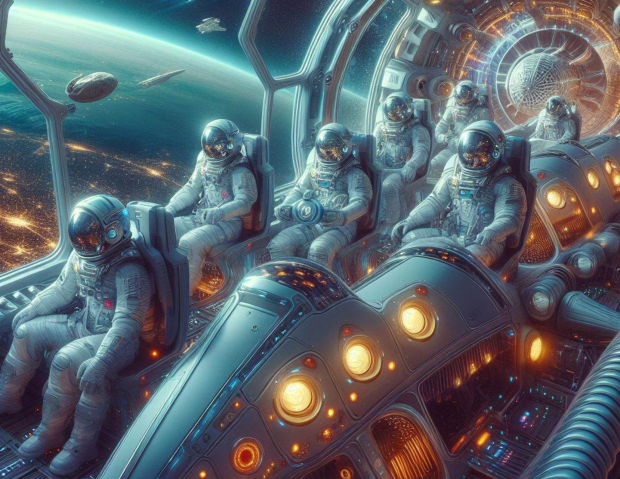A space startup has claimed to have discovered a breakthrough force of nature humans will use to propel objects for the next 1,000 years.
The claims come from Exodus Propulsion Technologies, who’s co-founder is Charles Buhler, a former NASA engineer that worked on a selection of legendary NASA programs such as the International Space Station (ISS), the Hubble Space Telescope, and the Space Shuttle. Additionally, he is the lead scientist and co-founder of NASA’s Electrostatics and Surface Physics Laboratory at Kennedy Space Center and has a PhD in Condensed Matter Physics from Florida State University.
According to Buhler, who spoke to The Debrief, the startup presented its new findings of a breakthrough force that Buhler believes “will be this force that we will use to propel objects for the next 1,000 years… until the next thing comes.” Adding, “There are rules that include conservation of energy, but if done correctly, one can generate forces unlike anything humankind has done before.“

VIEW GALLERY – 2 IMAGES
“Nature has its own way of doing things,” Buhler explained, “and it is our job to uncover what nature does. It just happened to fall into my lap in what I’m the expert in.“
Reports indicate the startup presented its findings at the Alternative Propulsion Energy Conference (APEC), where they explained their new drive defies some laws of physics and generates a force of approximately 10 milliNewtons. For comparison, it takes approximately 100 Newtons of force to hold and apple. Buhler explains the magnitude of the device isn’t important at this time, as “anything above zero would work in space!“
“Our materials are composed of many types of charge carrier coatings that have to be supported on a dielectric film,” he explained. “Our aim is to make it as lightweight as possible, but that is sometimes difficult since the films and their coatings have to have a high dielectric breakdown strength. There’s some underlying physics that can essentially place force on an object” given “an asymmetry in either electrostatic pressure or some kind of electrostatic divergent field.“
“It’s very hard to reconcile, from a scientific point of view because it does seem to violate a lot of energy laws that we have,” Buhler told Tim Ventura